—Prairie du Chien, Wisconsin (February 22, 2025)
IN THE DEEP winter of the upper Midwest, the Mississippi River looks as if it’s made of sugar. Tons of pure white sugar are smoothed between its banks, shifting and grinding slowly toward New Orleans.
Where I am the river is almost half a mile wide, which means a lot of sugar. Here the river is not one moving body of water, but a system—channels, islands, sloughs, floodplain, mud flats—and all of it is covered in ice and snow. In the shallows the ice fishers are out dropping lines through holes in the ice.
This place has become famous for attracting bald eagles. The bald eagles attracted me, and today is Bald Eagle Appreciation Day in Prairie du Chien.
The Town
The town’s name is pronounced Prayer-dew-Sheen, and I can’t stop saying that aloud. At the town limits sign I whisper “Prayer-dew-Sheen.” It sounds so pretty.
Supposedly the name means “prairie of the dog.” Wikipedia says, “Early French visitors to the site found it occupied by a group of Fox Indians led by a chief whose name Alim meant chien in French.” That’s dog in English. But I find interesting the fact that “du chien” can mean “to be desirable.” The saying is outdated, apparently, but women were referred to as “du chien.” As in foxy. Doggy. Maybe like cute poodles. “Mon chien” means “my pet.”
Perhaps, then, “prairie du chien” means “foxy prairie.” My pet foxy prairie.
I can see that.
AirBnb
Last night I stayed in an Airbnb called “Cave Courtyard” across the river in McGregor, Iowa. The guesthouse is an old storefront remodeled into a bedroom and bath. It has a back door situated below a bluff along the river, and stairs climb the bluff, and up there is a door. Although I haven’t climbed the stairs, the door appears to open into a cave turned into a room. It was used for storage, my host says, like the beer caves of Germany.
Driftless
I’m in the Driftless Region. This area includes southwestern Wisconsin, southeastern Minnesota, northeastern Iowa, and a small corner of northwestern Illinois. The region was never covered by glaciers during the last ice age, so it does not contain the deposits known as drift, meaning sediment—clay, sand, silt, gravel, boulders. The Driftless retains its river bluffs, steep hills, forested ridges, and deep valleys.
Being in Iowa on a mountainous bluff is a strange experience, as if we’ve been lied to about Iowa for way too long. Iowa is not only cornfields.
A Festival
This morning I bundled up the baby in her bear-cub outfit and headed to Hoffman Hall, a rec center in Prairie du Chien. The temperature was 16 degrees, the warmest morning all week. I signed in, then entered both myself and Little Fawn into a drawing for a free pair of binoculars. I have a pair, of course, but the baby will need a set.
First up Dennis Kirschbaum with Upper Iowa Audubon handed out a map of Prairie du Chien. “Do you have your map?” he asked when he got up to speak. “If you don’t have a map, this presentation will mean nothing.”
A retired ranger, Dennis is a calm, low-talking fellow with a red tint to his hair. “Bald eagles need three things,” he said. Bald eagles eat fish. Two, to obtain fish this time of year, when water is frozen, they need open water. Three, they need roosting trees. “Therefore, to see bald eagles, you need to find those things.”
Dennis’s map was a simple sketch of the town printed on a letter-size piece of paper. On it were large Xs, each of these a bald eagle nest. His directions were complicated, streets and cemeteries and restaurants and parks, no landmarks I recognized.
I found Dennis later. “The baby is not going to let me search for eagles all day,” I said. “Where can I be assured of seeing some?”
“I can’t assure you,” he said. “Numbers are down this year. And it’s not yet spring migration, which coincides with the shad run. However, let’s look at your map.”
He traced his finger north on Main Street. “Go this way,” he said. “Turn right on Miller.” Look left. I would see a large eagle nest freshly built in a neighborhood tree, right in the middle of town. Then drive on out County Road K past a cemetery then a restaurant to where an artesian spring means a canal does not freeze. There should be bald eagles in that area hunting for fish.
“Thank you,” I said, and pocketed the map. “And thank you for all you do for eagles.” I don’t even know what he does, but I got the feeling that he’s the person who started the event, almost two decades ago.
I lingered at the festival to admire nature photographer Ty Smede’s slideshow on predator birds, then stayed for a live raptor show with Schlitz Audubon Nature Center out of Milwaukee. I cruised through the booths, gathering bird stickers, a pencil, and a pamphlet for Effigy Mounds, a place I’d like to tour. I saw an ornate box turtle, which I’d never seen before, and a western hognose snake, which I’d also never seen.
At Bottom
The real story, of course, is that no festival would ever happen had the bald eagle not recovered from near extinction.
For 72 years Iowa had no bald eagles. In 1977 the state recorded its first nest in 72 years. The species continued to rebound. By 2012 almost 300 young eagles fledged across 92 counties in Iowa. In late 2023, a survey along the state’s rivers turned up over 2,900 birds.
The numbers were not so dire in Wisconsin. In 1974 just over 100 eagle nests were occupied. By 2020 that number jumped above 1,600.
And Me?
I’m in these river towns to celebrate the return of the bald eagle. I’m hear to report hopeful stories. For me personally, this is the Year of the Bald Eagle—I chose the bird for 2025—and I want them to sprinkle some of their grand magic on me. Plus the bird is a national icon, and who isn’t worried about the purging of diversity and legality from the American government?
Did I See Any?
I saw the eagle nest on Miller Street that Dennis emphasized. It was enormous, a huge urn of sticks about 100 feet above an empty lot, within view of Old Woman River. The nest appeared unoccupied.
Little Fawn began to fuss in her carseat—she hates the car—and I handed her a half-moon of rice cake. As I drove north, with the wide wide Mississippi to my left, I began to see more nests. I drove slowly, creeping, and now I could spot eagles themselves in the trees. A couple of the nests contained the white head of a mature eagle, likely sitting on eggs. I saw a juvenile eagle and more beautiful adults.
I didn’t see hundreds of eagles. In all, I only saw a dozen eagles and half as many nests.
I’m okay with that. I saw them and they saw me. While I stood in a parking lot holding Little Fawn, one circled overhead. I saw glitter falling out of its wings, and I caught some of its magic showers.
If You’re Over This Way
During spring migration both bald and golden eagles congregate at dams along the Mississippi River, fishing for shad in the open waters. The birds are most active between 9 a.m. and 3 p.m.
A bird scope has been mounted behind the Prairie du Chien Chamber of Commerce (211 S. Main Street).
Loop through St. Feriole Island, a 240-acre park in town.
Gordon’s Bay boat ramp is a great place to see eagles. They have been known to soar very close to the landing.
At Lock and Dam #9, ten miles north of Prairie du Chien, glass for eagles in the big cottonwoods along the Wisconsin shoreline.
Safety
Don’t stop on bridges.
Pull your vehicle as far off the road as possible.
Turn on your flashers.
Stay in your vehicle and use it as a blind.
Ferryville Too
Ferryville, Wisconsin plans its 15th Eagle Day on March 1. Ferryville is located north of Prairie du Chien in Pool 9, home to more bald eagle nests than any other section of the Mississippi River—over 200 active nests.
Personal Update
My half-semester at Beloit College is coming to an end. I’m here as the Mackey Chair in Creative Writing, an endowment from Willard Mackey in honor of his wife Lois.
I’m proud to join the line of great writers who became Mackey Chairs—including Peter Matthiessen, William Stafford, Ursula LeGuin, Scott Russell Sanders, Rick Bass, Pam Houston, Kevin Young, Marilyn Chin, Raymond Carver, Tess Gallagher, and Denise Levertov. As you can see, many of them were, like me, nature writers.
I did the keynote reading last Thursday evening to a large crowd of engaged and eager students plus some professors and community members. My old friend Don Miller, who brought me to nearby Rockford, Illinois a couple of times over the years when he was director of Severson Dells Nature Center, was in the house.
Author Chris Fink, who invited me here, has become a friend, and he did a wonderful introduction. Good introductions are difficult because you have to prove that you know a body of work and also relate personally to it. Chris’s was excellent. I think he and I will be lifelong friends.
My appointment has been incredible—very creative and talented students, welcoming colleagues, and a beautiful area to explore. Now it’s coming to an end: I teach my last class on March 6.
Raven, my wonderful partner, drove up with me from Georgia despite intense sciatica, and he departed by plane on Feb. 14, still in pain. Since then Little Fawn and I have been on our own. I’m set to drive home alone with the baby, but after I melted down with a friend on the phone this past week, she convinced me to hire a driver. That will allow me to sit in the back seat and attend the baby. Both my son Silas and nephew Carlin have offered to come retrieve me.
Raven is slowly improving.
The baby has her first tooth coming through.
This Newsletter
I’ve been forced to skip an issue or two of Trackless Wild. My newsletter comes out on Wednesdays, and as you can see, this week I’m late. When life is more normalized, I’ll be bringing you nature-forward stories, ideas, science, and photos on a regular basis again. Back in Georgia I will continue with Farm Reports, Coastal-Plains Phenology, Features on Significant Trees, and my service to the federal government as Pres. Trump’s (self-appointed) Advisor for Public Statements. Thank you for sticking with me.
I Hope You Sign Up for Nature Journaling School
Nature Journaling School reconvenes in March and April for 6 weeks and this series is focused on gardens. It is designed for you to document and celebrate your life, gardens, spring, and the natural world around you.
School will be
6 Sundays in a row between March and April
hour-long sessions
each Sunday afternoon
5-6 pm Eastern US/Canada Time
starting March 16, 2025
ending April 27, 2025
with no session on Easter Sunday, April 20.
Sessions will take place on Sunday, March 16 | March 23 | March 30 | April 6 | April 13 | and April 27.
This is not a single event. This is a workshop with 6 sessions. There is no session on Easter Sunday, April 20, 2025.
You only need to sign up once. The Zoom link you will receive is the same for all sessions.
Tuition
Cost of the course is by donation, which means you get to determine the class's value to you. Pay what you wish.
Guest Artists
Nature writer Janisse Ray will inspire and guide you to celebrate spring, experience nature around you, record garden sightings, and write about gardens you have known in a meaningful and creative way. In addition, you will study with guest artists. These include:
Clare Walker Leslie, nature journaler and author of Keeping a Nature Journal, How to Look at a Bird, and other wonderful books. (She will speak about how to see.)
Madeleine Jubilee Saito, artist and author of the forthcoming book, You Are a Sacred Place. (She will teach us how to draw a Wisdom Quadrant.)
Susan Loeb, retired art teacher and garden journaler.
Jasmin Pittman Morrell, writer and creator, teaching ancestral healing through creativity.
Nina Veteto, plant lover, forager, artist , author of the Substack, Flora & Forage, with 6.5K+ subscribers.
Rachel Michaud, writer, outdoor guide, and facilitator.
In the course we explore
nature observation
phenology (what happens when)
writing, including craft
simple art exercises, including shapes
borders, corners, spirals, dividers, banners & other page designs
what gardens mean to us
our favorite gardens
our personal gardens
the metaphorical garden
weather
mapping
natural history
perspective
healing
ancestral healing
the breath
as well as your thoughts and feelings about it all.
The course is a chance to acknowledge and transcribe the enjoyment, contentment, sense of wonder, and inspiration that you get from gardens. It will highlight many amazements you have seen.
Participation
The vibe will be loving, inspirational, and hopeful.
You are not obligated to share your thoughts or your writing in any way. You will be welcome to turn off your video. Level of participation is your decision, and participation is always optional.
Show up on Sunday afternoons this spring at 5 pm Eastern Time for an hour directed toward curiosity and wonder. You can come for one session or for all six.
You will need
your journal (I recommend unlined paper)
sharpened pencils or your pens
crayons
colored pencils or pens
a small (kids) watercolor tray.
Note
We make recordings available afterward, in case you need to miss a session.
What you get
all the benefits of keeping a journal
a deeper relationship with nature
six hours of flow
at least 15 pieces of writing that you can use for social media posts or as part of essays or books you are writing
a chance to explore art without fear of judgement
the space to be in community with like-minded folks
This course is for you if you
brim with thoughts and feelings about the natural world.
are a gardener or want to be one.
know that journaling about them would be helpful and healthful.
are willing to give form to your creativity.
are caught in patterns of disconnection.
would benefit from being in the same space with others like you.
would like to have in hand at least 15 pieces of writing at the end of 5 weeks.
want to put more color and art and design in your life.
want to learn more about the natural world around you.
want to be introduced to more ideas, thinkers, and colleagues.
could be inspired by prompts and handouts.
could be inspired by Janisse.
Benefits of keeping a journal
1. Journaling can assist you with processing natural history and other information.
Journaling can help you develop a greater appreciation of the environment.
Journaling helps you learn about your place.
Journaling asks you to observe and record, increasing your powers of observation.
Journaling leads to more creativity, which brings more ideas.
Journaling is a system of record-keeping.
Journaling is a way to reflect.
Journaling hones your curiosity and sense of wonder.
Journaling deepens your sense of connection.
Journaling is great for meditation and healing.




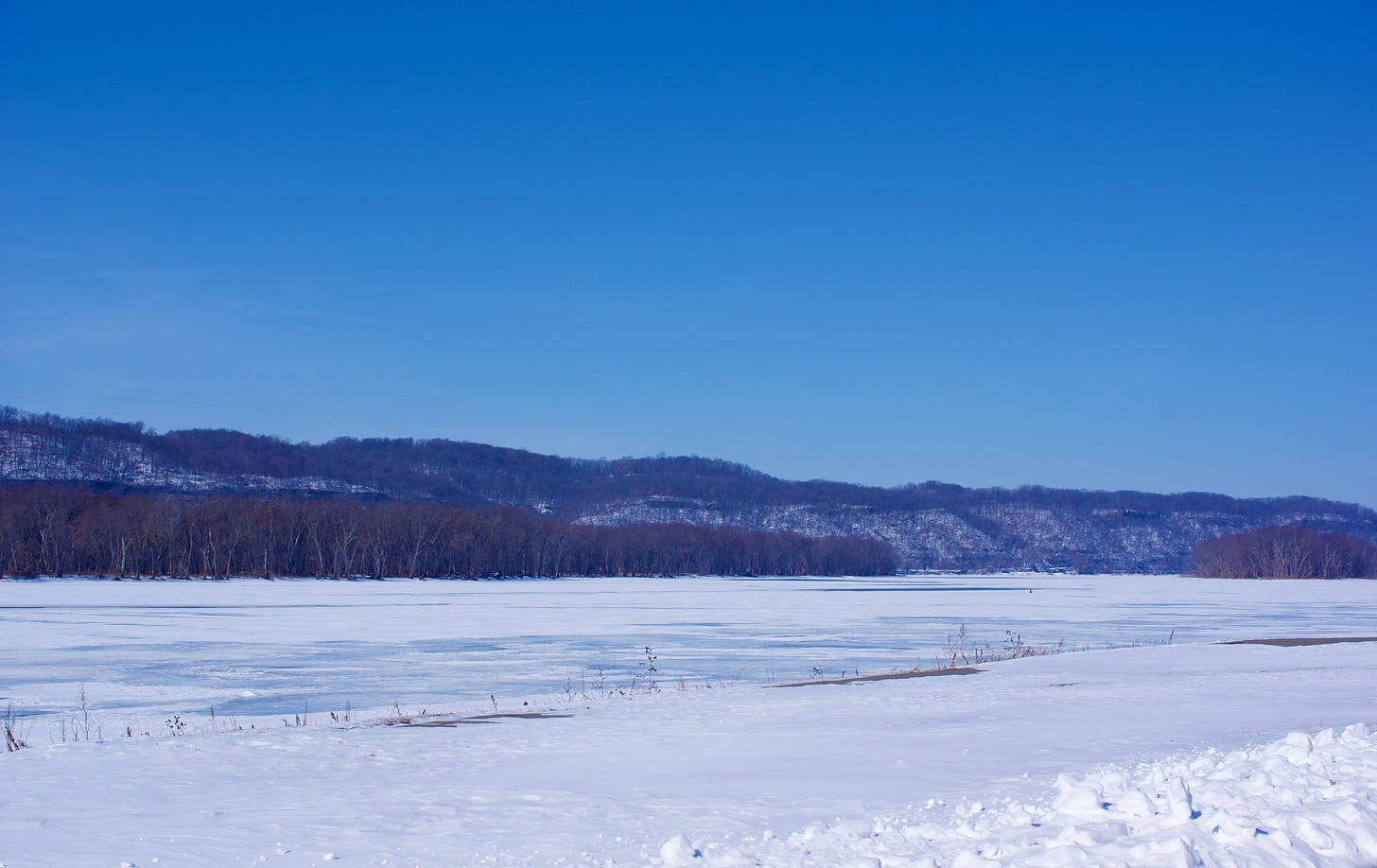

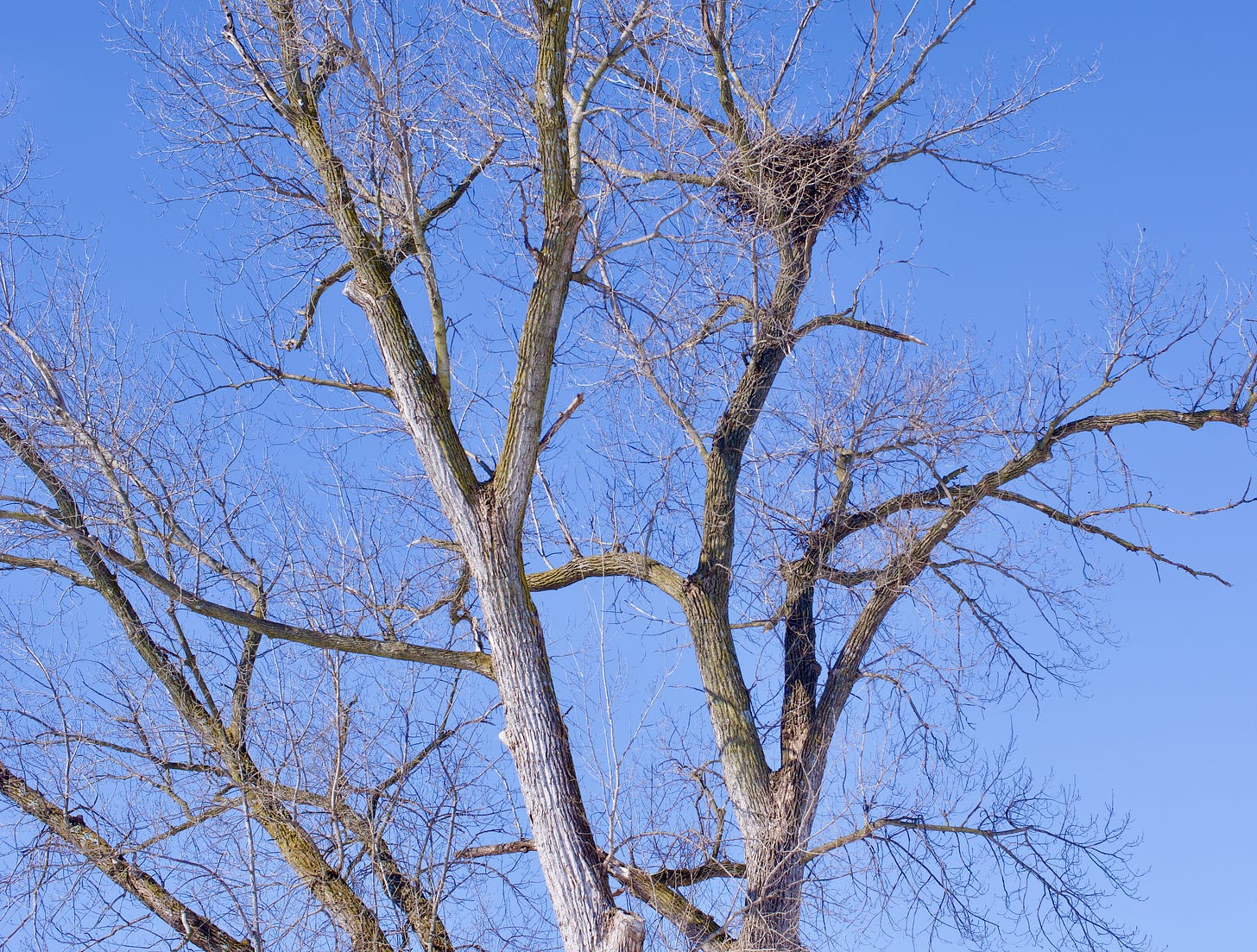
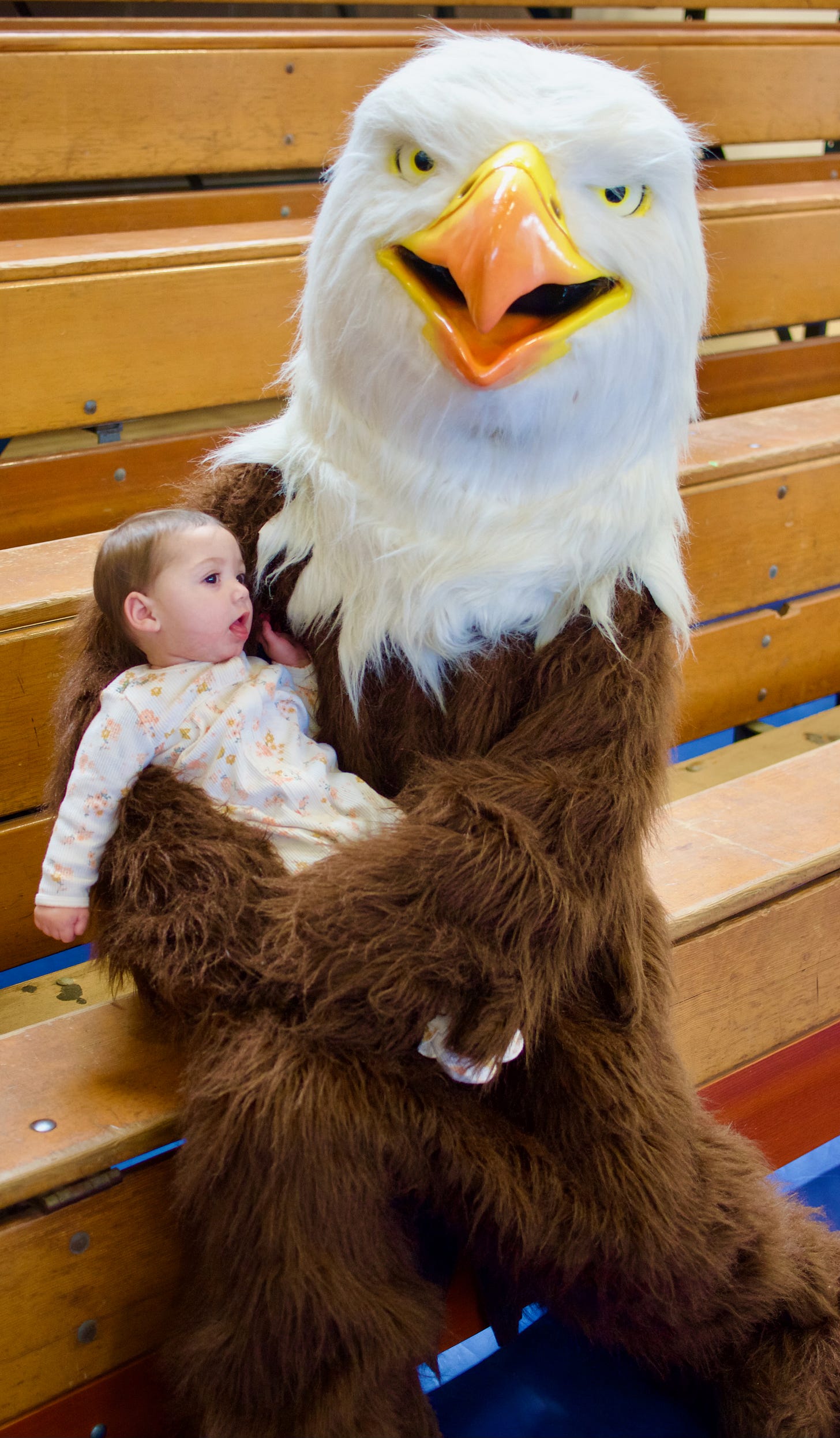
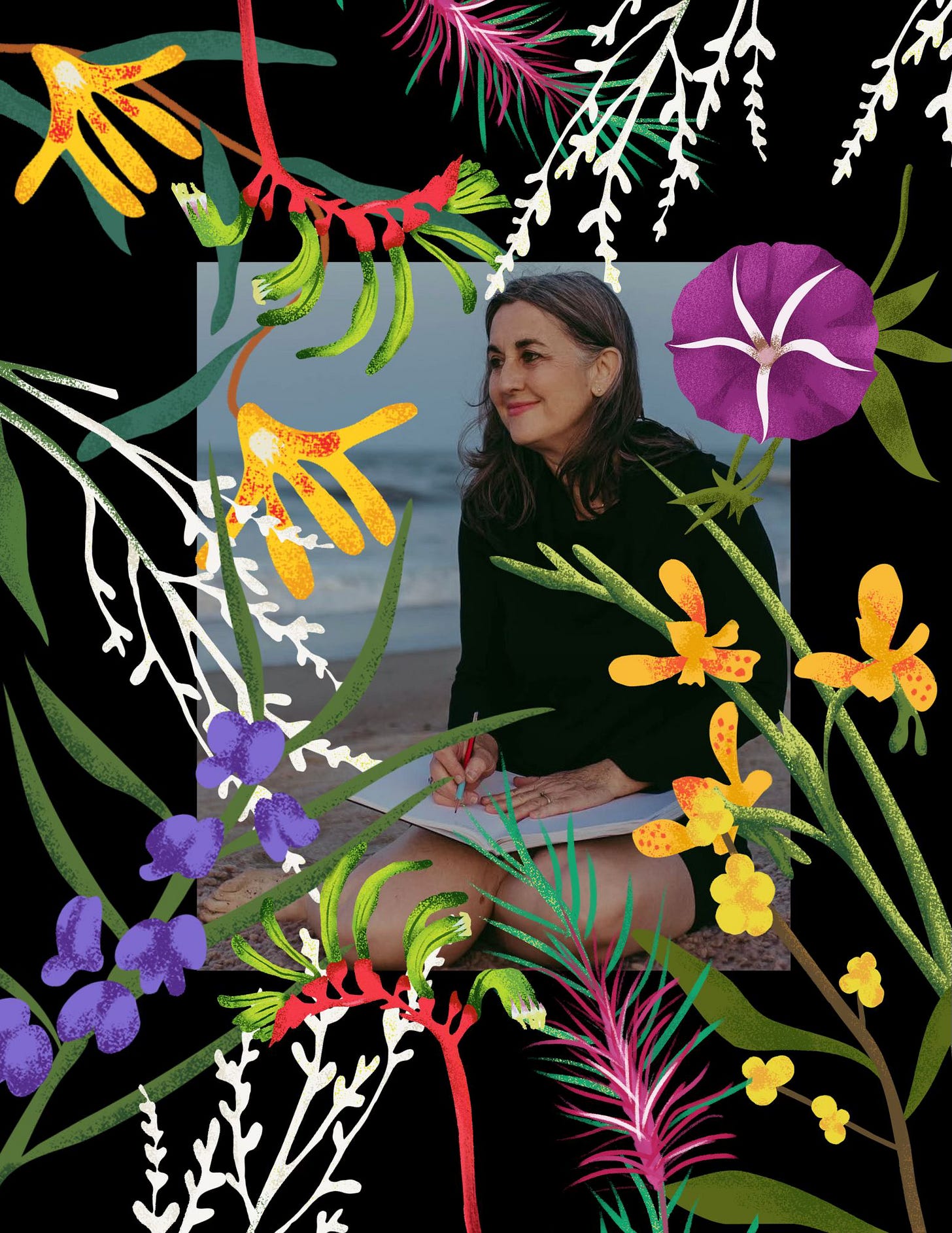
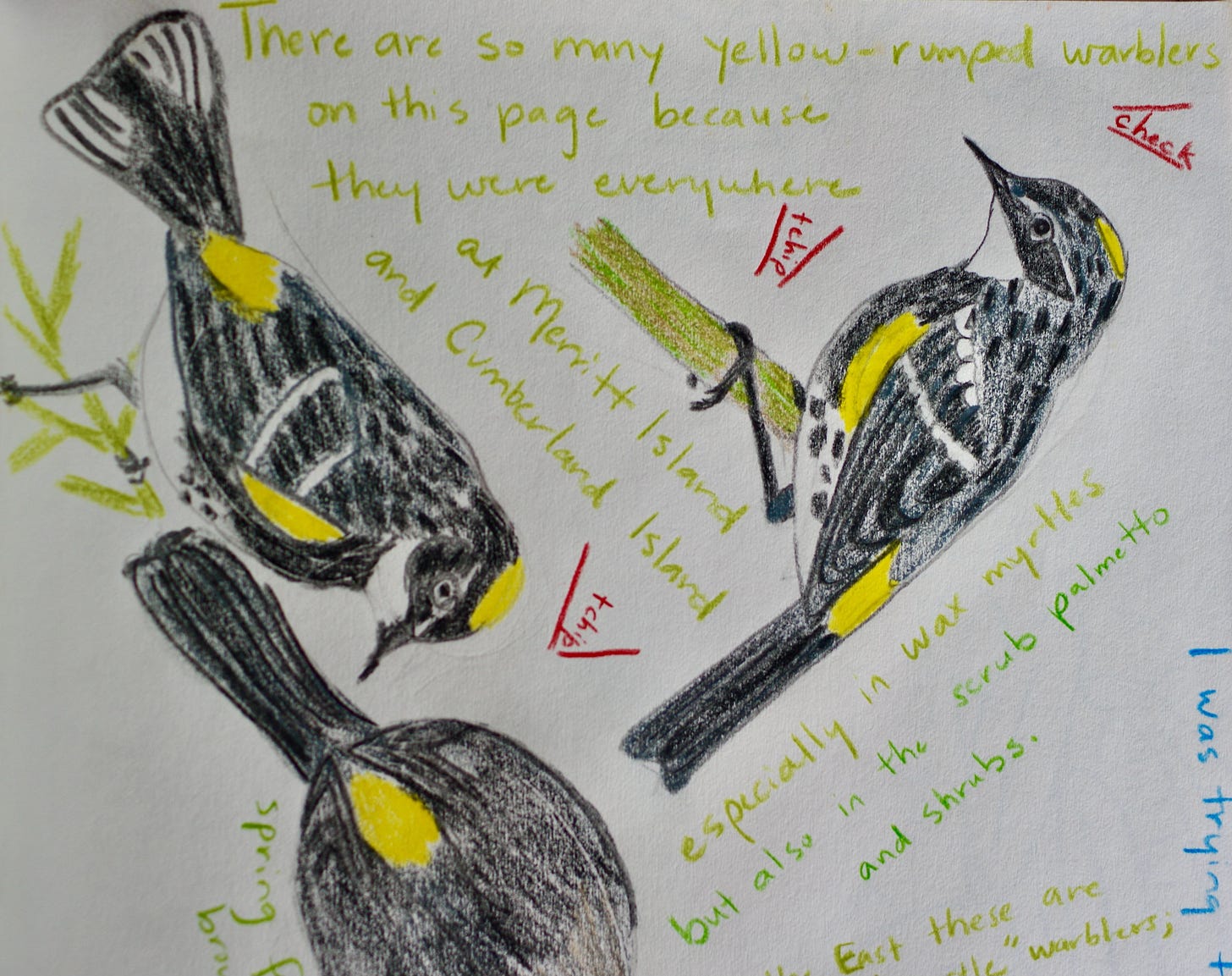
So good to read you again!
The Eagles returned to Warner Park in Madison, Wisconsin, in the last decade. Citizens united to stop the 4th of July fireworks in that city park. Originally a wetland, there were plans for additional development for Warner Park until citizens stepped up under the leadership of Trish O'Kane (Birding To Change the World), her husband, and many, many nature lovers.🌱🌿💙
I love that Bald Eagles nest in the winter. They make their own rules.